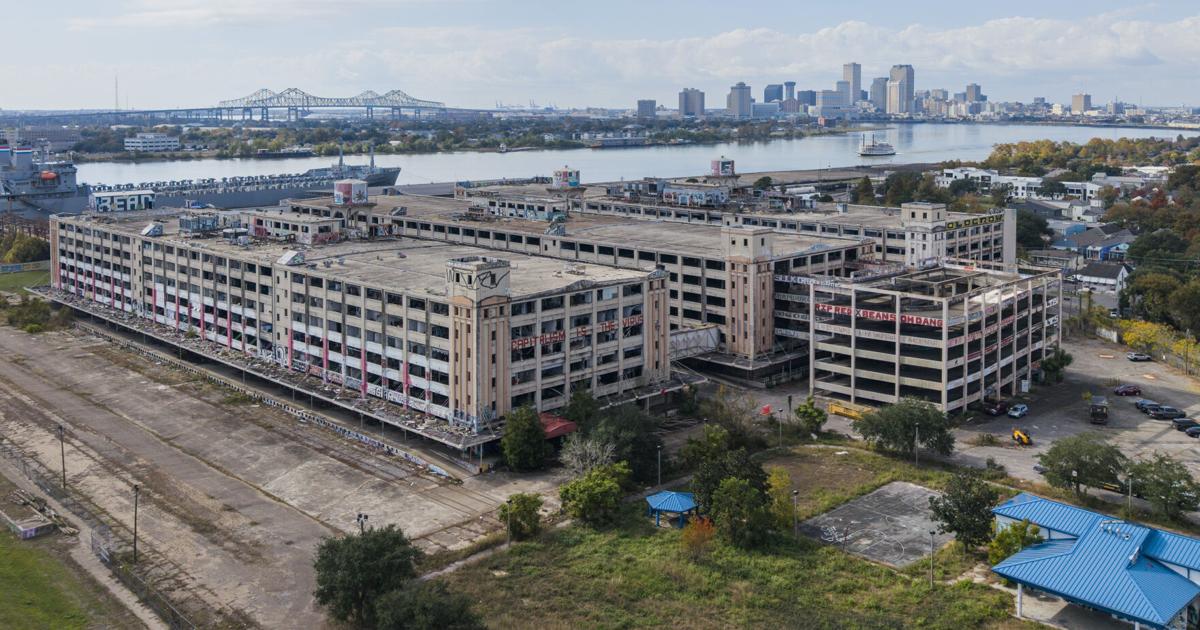C
onstruction and real‑estate firms are now operating in a climate of rapid digital change, economic uncertainty, and talent shortages. The sector must treat risk as a strategic, enterprise‑wide capability rather than a set of isolated problems.
**Key Takeaways**
- Risks are interlinked: a slowdown fuels liquidity worries, commodity swings heighten project failure risk, cyber attacks threaten digital supply chains, and labor gaps erode resilience.
- Embedding risk insight into planning, capital allocation, and talent decisions turns uncertainty into a competitive advantage.
- Expert guidance—through contract reviews, surety bonds, and alternative risk transfer—protects margins and frees capital, especially for long‑term or capital‑intensive projects.
---
### Current Risk Landscape
Aon’s Global Risk Management Survey shows the following as the top challenges for construction and real‑estate leaders:
1. Economic slowdown or slow recovery
2. Cash flow / liquidity risk
3. Cyber attack / data breach
4. Commodity price risk / material scarcity
5. Workforce shortage
6. Business interruption
7. Increasing competition
8. Property damage
9. Major project failure
10. Regulatory or legislative changes
These risks do not exist in isolation. For example, an economic downturn can trigger liquidity strain, which in turn makes projects more vulnerable to commodity price spikes and workforce shortages. Cyber threats now target remote job sites, drones, and smart supply chains, while data‑center construction adds another layer of exposure.
---
### Mitigation Strategies
| Risk | Practical Actions |
|------|-------------------|
| **Economic slowdown** | Stress‑test projects under multiple scenarios; diversify portfolios; secure flexible financing. |
| **Liquidity risk** | Use surety bonds to preserve working capital; review escalation clauses and payment terms. |
| **Cyber risk** | Invest in cyber hygiene, endpoint protection, and supply‑chain visibility; obtain tailored cyber insurance; conduct regular penetration tests. |
| **Commodity volatility** | Include escalation clauses; lock in prices through early procurement or bulk purchasing; develop alternative suppliers; use scenario planning. |
| **Workforce shortages** | Re‑brand the industry as future‑focused; invest in reskilling; create clear career pathways. |
| **Competition** | Differentiate through technology (BIM, AI, modular construction); focus on speed, risk resilience, and operational efficiency. |
---
### Future Outlook
In three years, the same risks will persist, but new pressures will emerge:
- Intensified competition, especially in the U.S. and Middle East.
- Evolving cyber threats.
- Persistent economic uncertainty.
- Capital availability constraints.
- Talent attraction and retention challenges.
Preparing now with adaptive strategies—such as building flexibility into contracts, enhancing supply‑chain visibility, and leveraging risk engineers—will be essential for long‑term resilience.
---
### Five Actions to Build Resilience
1. **Contract & Escalation Review** – Negotiate inflation, supply‑chain, and geopolitical clauses; include liquidated damages to protect margins.
2. **Surety Bonds for Liquidity** – Offer a flexible alternative to letters of credit, preserving working capital while ensuring performance.
3. **Supply‑Chain Visibility** – Map the full ecosystem to anticipate geopolitical, cyber, and natural‑disaster risks.
4. **Risk Engineering & Consulting** – Use specialists to quantify exposures, balance retention vs. transfer, and align strategies with risk tolerance.
5. **Alternative Risk Transfer** – Employ parametric insurance, catastrophe bonds, and other tailored solutions for catastrophic events and weather‑related delays.
---
### Conclusion
The construction and real‑estate sector faces a complex web of risks that are increasingly interconnected. By treating risk as a strategic capability, integrating insights across finance, operations, and talent, and adopting proactive, technology‑driven mitigation tools, firms can protect margins, preserve liquidity, and unlock new growth opportunities in data centers, energy transition, and urban regeneration.













